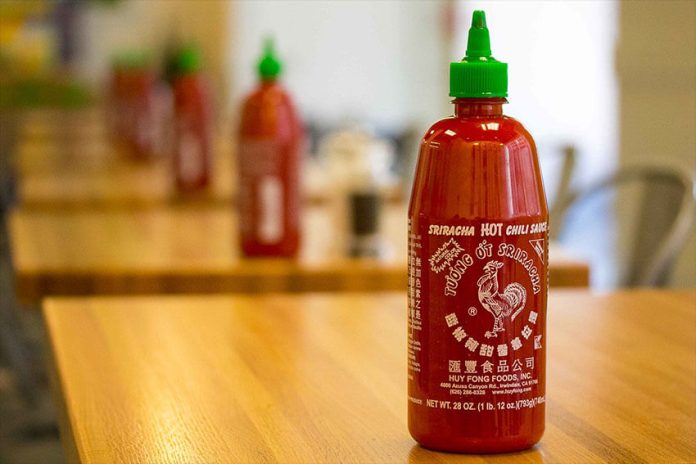Mexicans know and love their salsas. For a foreign-made chile sauce to impress a Mexican, it has to be quite extraordinary.
“In my opinion,” says Guadalajara genetics researcher Bertha Ibarra, “Sriracha sauce is exactly that: a salsa picante with a special taste all its own. I love it!”
So do thousands of others all around the world, but hardship is now on the horizon for Sriracha lovers: the Thai-Vietnamese hot sauce — made in California, by the way — is now in short supply and could soon vanish altogether due to northern Mexico’s serious drought problem.
According to a report on National Public Radio, Huy Fong Foods, the company that produces Sriracha chile sauce, sent a letter to its wholesale customers in April that regretfully stated that they will have to stop making Sriracha sauce for a few months.

“Currently, due to weather conditions affecting the quality of chile peppers, we now face a more severe shortage of chile,” the letter says. “Unfortunately, this is out of our control, and without this essential ingredient, we are unable to produce any of our products.”
The problem? Red jalapeño peppers, which Huy Fong requires for making Sriracha sauce, can only grow in the southwestern United States or in northern Mexico. And right now, the whole area is suffering from drought.
“These red jalapeños,” says Dr. Guillermo Murray-Tortarolo, who researches climate extremes at the National Autonomous University of Mexico (UNAM), “are only grown during the first four months of the year, and they need very controlled conditions, particularly constant irrigation.”
“The already difficult conditions were pushed over the limit by two consecutive La Niña events. And the dry season has not only been intense but also remarkably long,” he added.
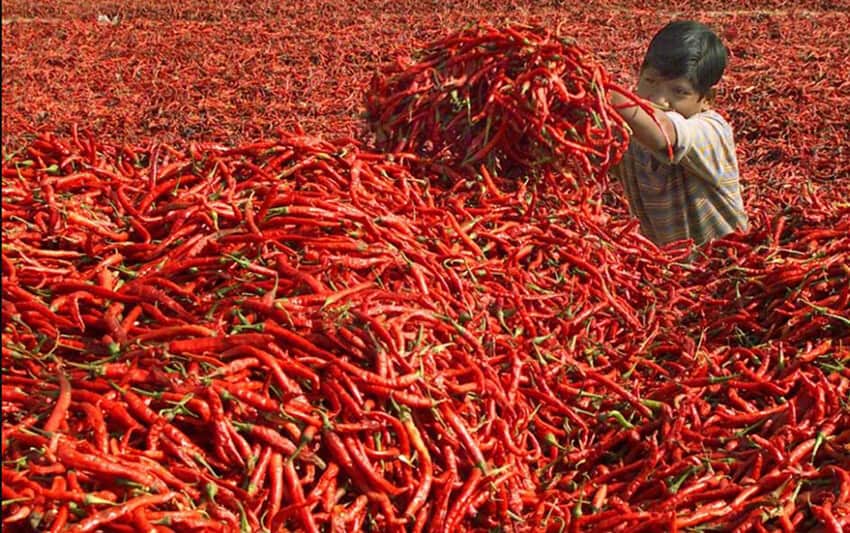
According to the international news organization Quartz, Huy Fong was once among the 10 fastest-growing U.S. businesses, making over US $1 billion a year in global sales. But, says Quartz’s Roberto A. Ferdman, when founder David Tran, who was born in Vietnam, arrived in Los Angeles back in 1980, he was both jobless and hot-sauce-less.
“Tran found it near impossible to find a spicy additive worthy of his palate. The Southeast Asian community in Los Angeles, he soon realized, was suffering from the same hot sauce withdrawal.”
Within months, Tran arrived at his personal rendition of the Thai sauce, Sriracha, reportedly first produced by Thanom Chakkapak in the town of Si Racha, Thailand. Her original version is called Sriraja Panich and is still made in Thailand today.
David Tran’s recipe employs fresh (not dried) hybrid jalapeño peppers, vinegar, sugar, salt and garlic and is packaged in clear bottles with a rooster logo and a green cap.
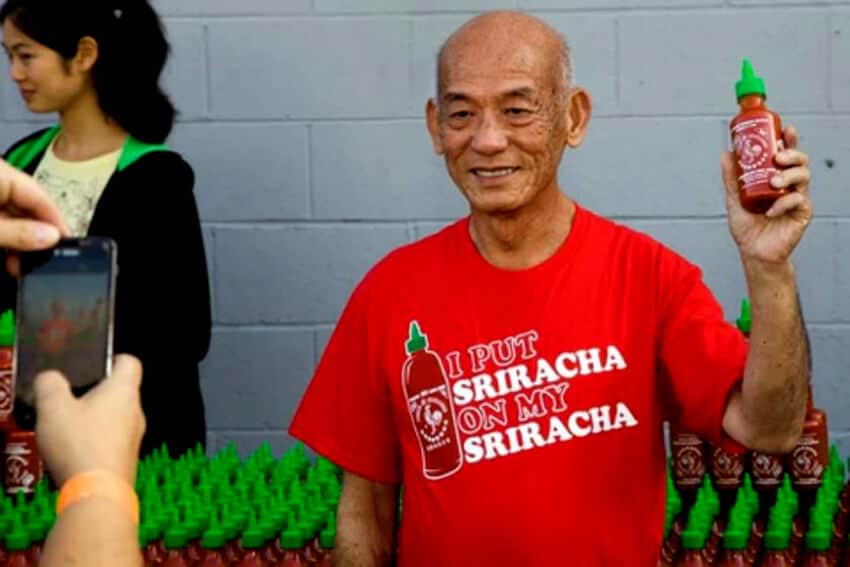
Is David Tran’s Sriracha about to become extinct? Weather experts reply that northern Mexico and the southwestern U.S. are now suffering the driest climate they have seen for 1,200 years.
A new report in the journal Nature Climate Change says that the last such drought took place in the 1500s and lasted for decades.
“We have a society that’s relying on there being the amount of water there was in the 1900s,” said the chief author of the report, Park Williams, a bioclimatologist at the University of California, Los Angeles.
“But now, with the number of water molecules available to us declining, it really is time for us to get real about how much water there is for us to use.”
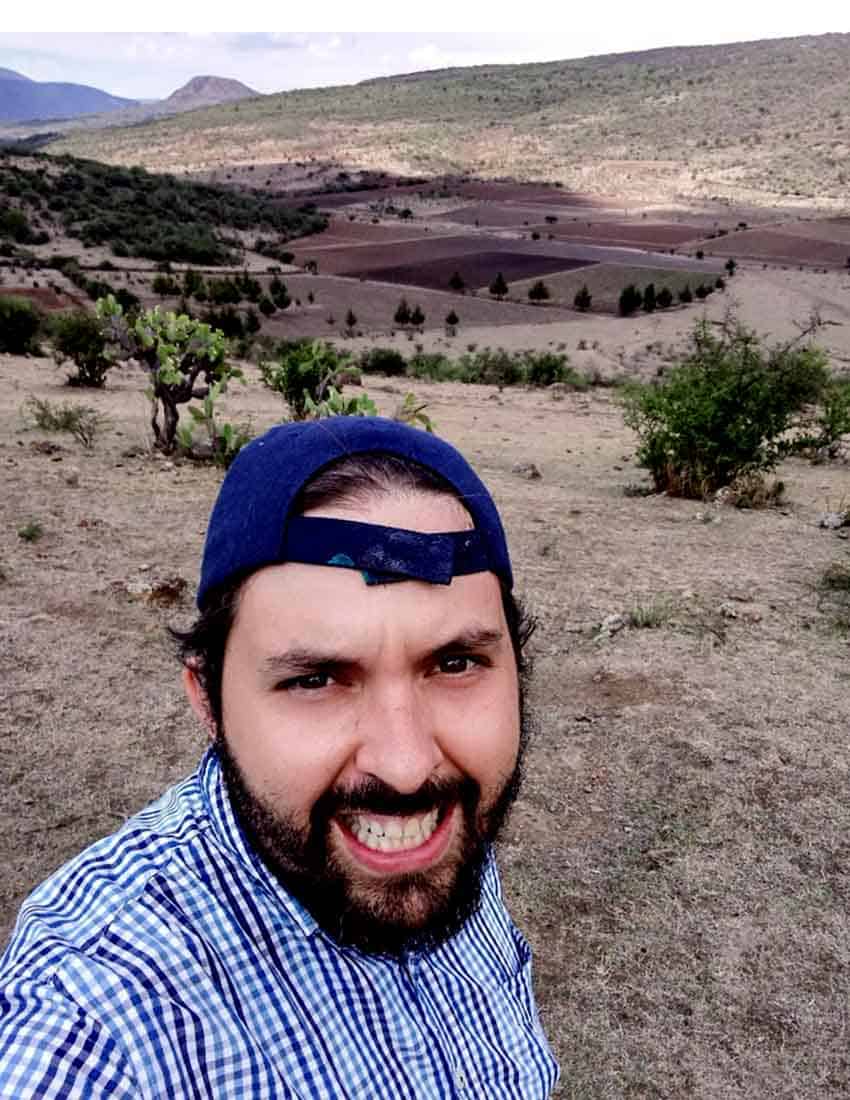
The conclusions reached by Williams and the report’s coauthors are based on tree rings.
Data was sampled from dead trees, live trees and even from wooden beams at archaeological sites on Native American land. The researchers were able to study periods of drought going all the way back to A.D. 800, when the Toltecs were just beginning to create an empire in Mexico.
Williams was able to identify several megadroughts over this long period of time. The most important was a drought that took place in the study area in the late 1500s and lasted for 23 years.
These discoveries open up the possibility that this new drought may last decades.

“What should we be doing?” I asked Murray-Tortarolo.
“Fortunately, we have great examples provided by several countries that are pioneers in the field of water conservation,” he said. “Australia, Singapore, Namibia, South Africa and Kuwait have all successfully learned to treat their wastewater and reuse it. Other countries, such as Brazil and India, have initiated mega projects to alleviate these sorts of problems.”
“But I would say the champion in recycling water is Israel,” Murray-Tortarolo explained. “The country only receives 500 millimeters of rain every year (in comparison, the state of Sinaloa gets 800), and 60% of Israel is desert.”
According to him, the Israelis recycle 90% of their water, giving it a second and third use. The country’s water use is so efficient, he said, it’s succeeded in growing roses in the desert. “In fact, around 25% of Israel’s drinking water comes from recycled water, an excellent example of what can be achieved,” he said.
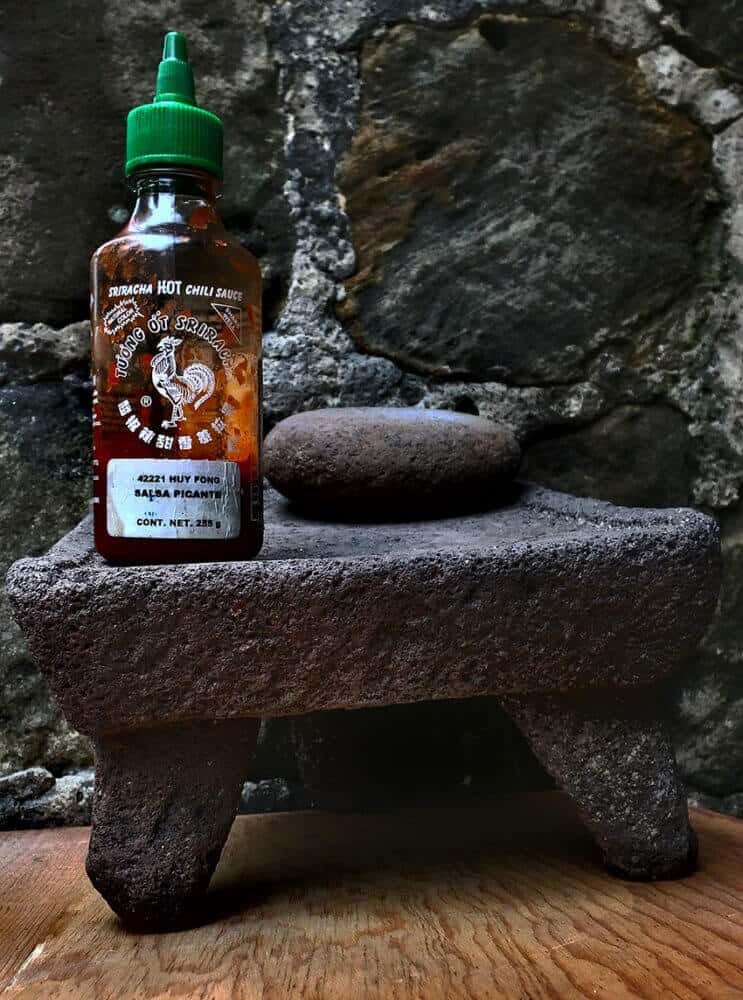
“The Israelis have actually increased the amount of water in their rivers, and they’re even exporting water to nearby countries,” Murray-Tortarolo said.
Climate change is affecting us, he said, and with it comes an increase in the intensity, duration and recurrence of drought in Mexico. The effects are going to get worse and worse and more and more expensive for Mexican farmers and ranchers, as well as city dwellers.
“This is a key moment to start redesigning our national water distribution systems and thus avoid worse scenarios,” Murray-Tortarolo said. “Naturally, this will require important investment both in raw material and human capital, but the cost of adaptation now will be much less than the losses we could suffer if the water shortage catches us unawares. Right now is the time to start recycling water!”
If we don’t, we may end up losing a lot more than Sriracha sauce.
The writer has lived near Guadalajara, Jalisco, since 1985. His most recent book is Outdoors in Western Mexico, Volume Three. More of his writing can be found on his blog.
